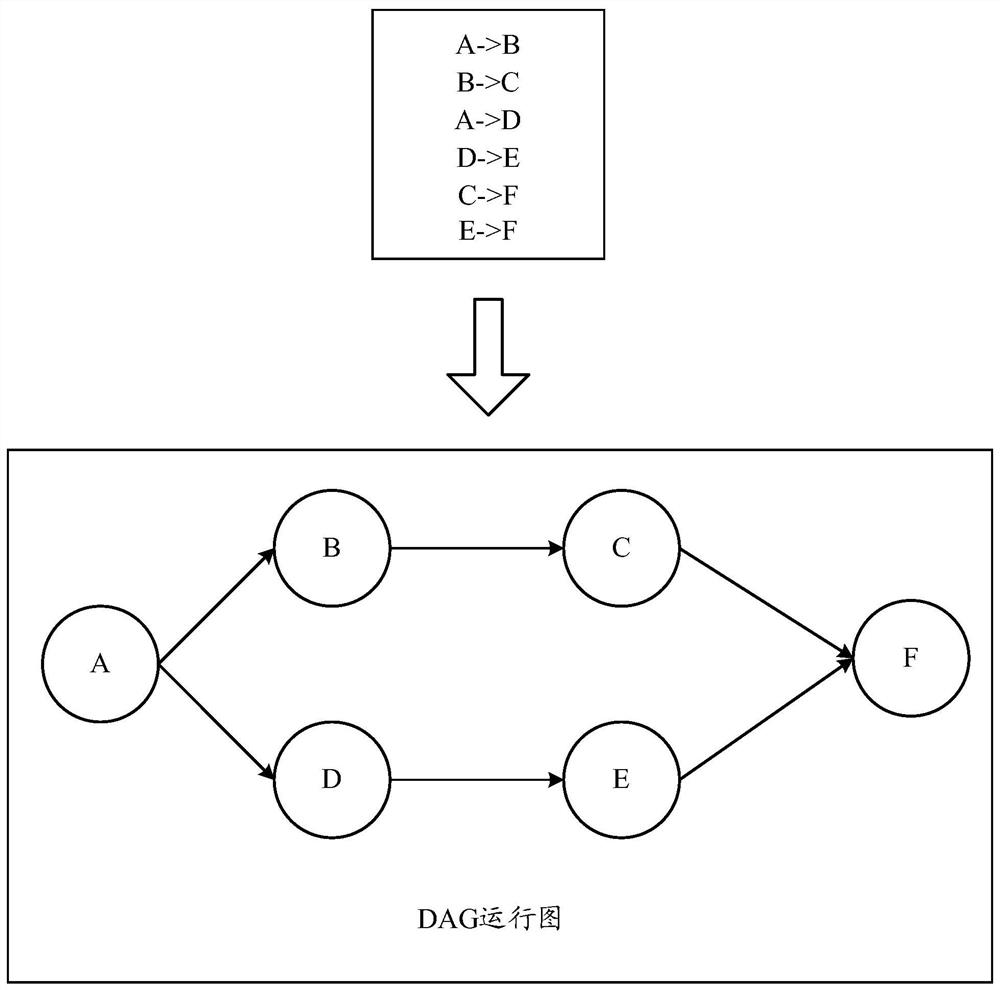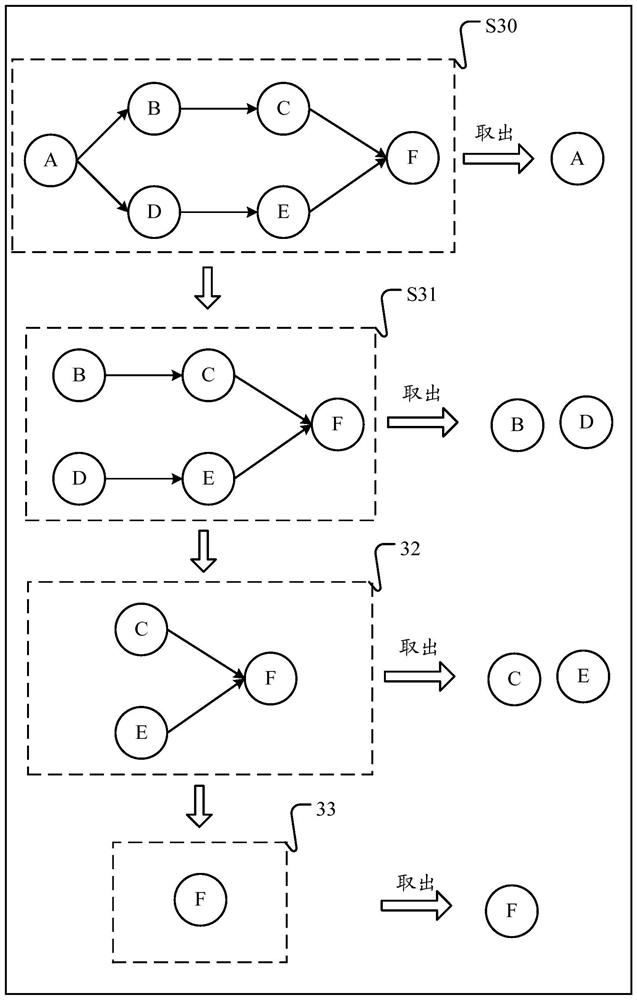Task scheduling method and device, server and storage medium
A task scheduling and scheduler technology, applied in the computer field, can solve problems such as complex business scenarios, inability to intuitively understand the relationship between business sub-processes and execution processes, and high maintenance costs
- Summary
- Abstract
- Description
- Claims
- Application Information
AI Technical Summary
Problems solved by technology
Method used
Image
Examples
Embodiment Construction
[0025] Common task scheduling models include synchronous blocking execution model and asynchronous non-blocking execution model. Among them, the synchronous blocking model usually limits the execution of the actual process to only synchronous and serial execution, which limits the processing capacity of the program, thereby limiting the utilization of resources, and cannot describe the essential relationship between processes.
[0026] The common implementation mechanism of the asynchronous non-blocking model is asynchronous callback. The typical model is promise / future, an asynchronous programming model. Promise represents an asynchronous abstract processing object, and future represents the result of an asynchronous task that may not have actually been completed. Callbacks can be added to this result The function callback is used to perform corresponding operations after the task execution succeeds or fails, and the promise is handed over to the task executor, and the task ex...
PUM
 Login to View More
Login to View More Abstract
Description
Claims
Application Information
 Login to View More
Login to View More - R&D
- Intellectual Property
- Life Sciences
- Materials
- Tech Scout
- Unparalleled Data Quality
- Higher Quality Content
- 60% Fewer Hallucinations
Browse by: Latest US Patents, China's latest patents, Technical Efficacy Thesaurus, Application Domain, Technology Topic, Popular Technical Reports.
© 2025 PatSnap. All rights reserved.Legal|Privacy policy|Modern Slavery Act Transparency Statement|Sitemap|About US| Contact US: help@patsnap.com



